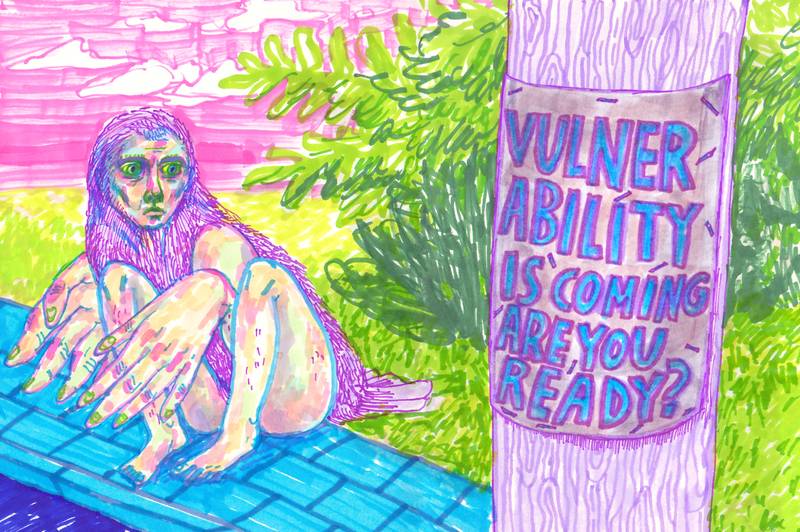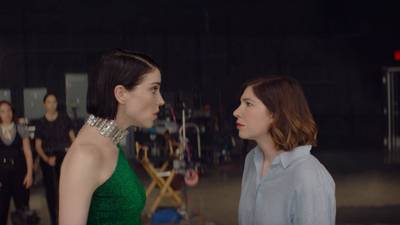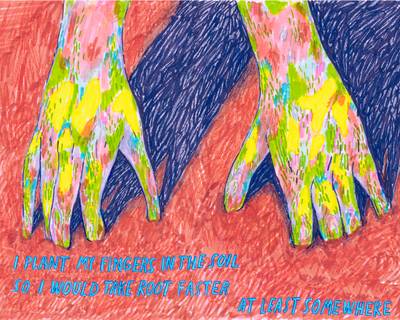

After a long period of silence in live artistic acts since last year, we have realized how powerful live art can be to build a sense of kindness among strangers that are standing at the same place, same time, enjoying the same live act. A kindness that could be an initial point for a radical care action. Art can make visible that care is not only a human relationship, and that is the central point of the Baltic Circle Festival and this current Issue.
READGuest Editorial / November 2021
Hector Sanchez writes about the aggressive land use, and how to build radical care action on a damaged planet.


READ
The Silent “Forest”
Ingrid Fadnes writes about the forced eucalyptus plantations in Brazil and its brutal aftermath on local habitat.
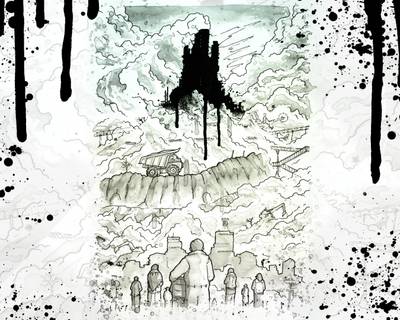

Through everyday engagement with industrial materials and machines, workers often develop strong attachment and a sense of pride towards industries. However, increased care about the industry may influence workers’ estrangement from their bodily needs. As a result, they start prioritizing productivity over their health and well-being. I define intertwined relations of industrial attachment and self-damage as “destructive care.”
READProductive Bodies, Care and Destruction
Anna Varfolomeeva’s essay on the paradoxical parallels between more-than-human care and self-destruction in the realm of heavy industries.
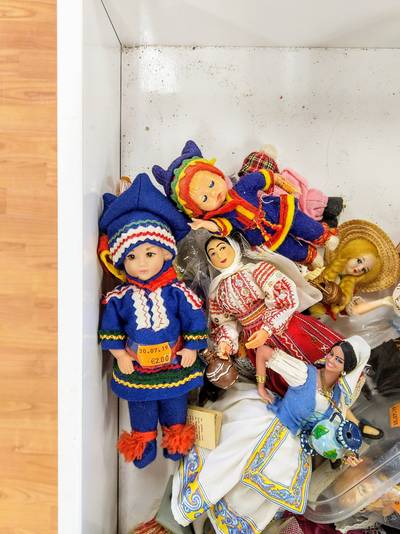

Dolls that imitate the Sámi can be purchased at a souvenir shop or flea market, where they usually end up. There I face these dolls, as our paths cross second-hand and intertwine into a play in the quiet hours, hidden from view. Why do I get the impression that when the dolls are abandoned, they are at their most revealing? The setting is always the same: a brightly coloured gift shelf, a shabby box, or a vague, provocative shelf.
READSeeing My Self-Image in Dolls That Imitate the Sámi People
Helga West on the politics of souvenir dolls that exoticize the Sámi people.
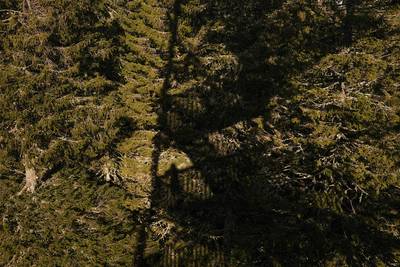

I believe that exhibitions have a reality-making capacity and a role in shaping public opinion. They can uphold, underpin or prop up ideas that are undervalued. Can curating then expand the way time is generally perceived? Can it attend to the crises of hope? An overview of display practices’ history at least reveals that curating has always reflected the current approach to time.
READIn the Crisis of Time
Mariliis Rebane on dystopian narratives and how can curatorial practices contribute to imagining alternative futures and maintaining hope in the time of crisis.
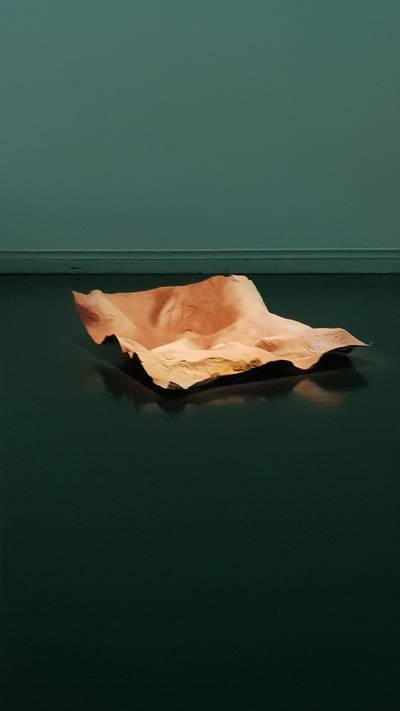

A I S T I T – coming to our senses is a traveling exhibition with a satellite programme, a publication and three part podcast and it happened/will happen in various locations in Paris, London, Berlin, Helsinki, and Ghent. Since the exhibition deals with the senses my plan for the review was to try and experience it primarily from a non-visual perspective and focus on how the exhibition brings in the audience and allows them to experience and feel their way through the works.
READA I S T I T – Coming to Our Senses: A Review in Three Paths
Timo S. Tuhkanen’s review asks if institutional structures allow coming to our senses. And is it possible to break the binary between metaphysics and phenomenology?
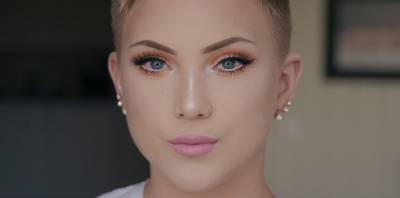

I often wonder if it is a specific language that working-class families speak. When the possibilities of the world feel so limited through money and social power, are we even allowed to dream? Knowing how the world can derail dreams, the parents of these families assume the role of society before their children ever leave the home.
READHello World: Tell Me if Something Bad Happens
Shia Conlon’s review of Kenneth Elvebakk’s film ‘Hello World’.
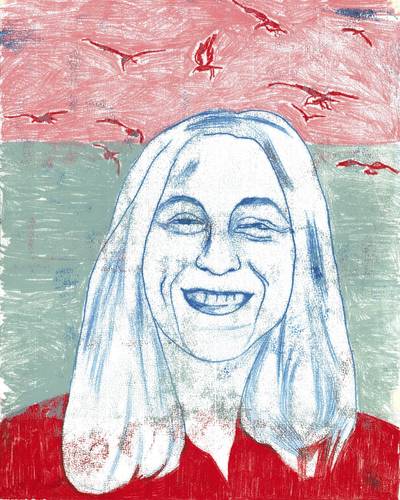

It’s easy to remember when I met Eleni Tsitsirikou. It was on the day of my arrival from Berlin to Helsinki for my curatorial residency at HIAP. On Wednesday, 1 November 2017, I felt nervous looking for the entrance of Kaapeli, the Cable Factory. But there was Eleni waiting for me with a welcoming smile. Since then, throughout the residency, she was the person that I could turn to, making me feel at home. If there is a heart to an organisation, it would be Eleni for HIAP.
READMoment of Welcoming: Conversation With Eleni Tsitsirikou
Has there been a change in how art residencies are perceived? A conversation with HIAP’s residency manager.
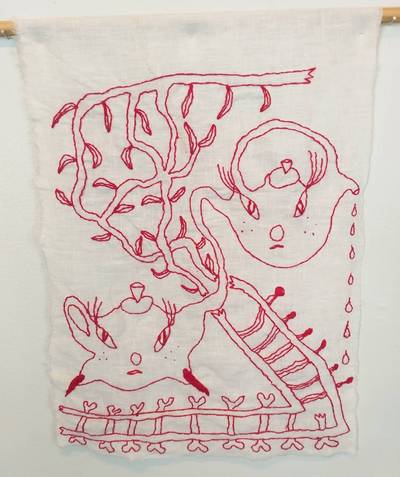

The way I learned to connect with Kaffeochbulla was mainly through art and usually in a very straightforward manner. They would hand me zines, prints, stickers, earrings or clothes upon meeting, and always ask what I’ve been doing or experimenting with. It has always felt vulnerable in a nice way and that these exchanges of art, thoughts and treasures weave little webs of support and excitement for one another.
READMagic, Intergenerational Trauma & Snail Shells: Conversation With KaffeochBulla
On creating art in a culture where vulnerability is discouraged, breaking intergenerational curses, and the importance of community.
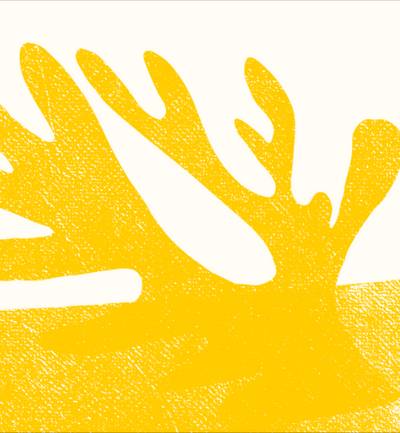

READwaiting for my girlfriend to come to me waiting for my girlfriend to come for me waiting for my girlfriend to laugh at me – so I can weep waiting for my test results to rescue meThe Cruelty of Impatience
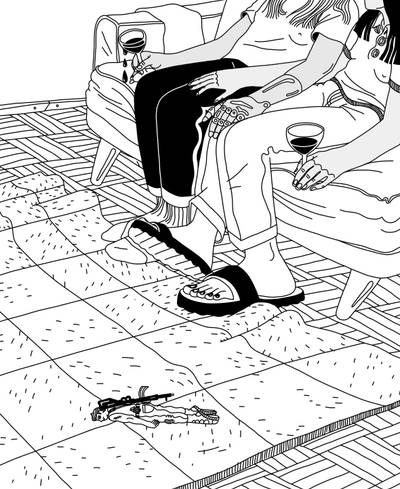

On her third birthday, I got my youngest daughter a toy space soldier. It was a male action figure in a mech suit. The helmet slid back to reveal a solemn face. Fifteen years later, I still cringe at my blunder.
READDaddy’s Girl
A short-fiction by Toshiya Kamei.
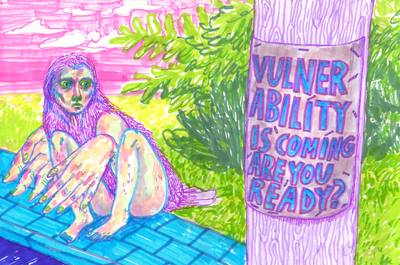

I am fascinated by memories from my childhood in the ’90s. I remember that there were posters around Finland back then (and later on), attached to various places by some religious groups. The posters said in bold capital letters “JESUS IS COMING ARE YOU READY” written in Finnish.
READVulnerability is coming


Publishing creative works-in-progress is something we should be doing more of. Floating in a space of incompleteness, in-the-making-ness, and reckoning with each other is something we should be doing more of. And if anything, questing for certainty and completion in our industry is compromising our art on a collective level.
READIn defense of works-in-progress
